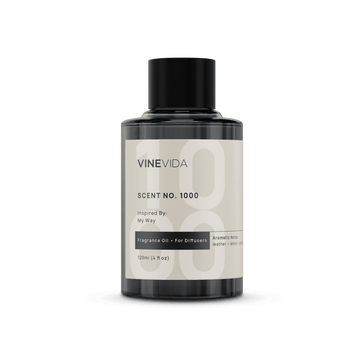What is soap? By definition, it is a substance that is dissolvable in water and used as a cleansing agent. In addition to base ingredients, soap usually also contains some type of fragrance or coloring agent. It works by breaking down grime, grease, and other particles, separating them from the item being cleaned, and allowing them to wash away with water. In this article, we are going to take a closer look at the history of soap making, and how soap has evolved to what it is today!
Exactly How Old is Soap, Anyway?
We can date soap all the way back to Ancient Mesopotamia. Located in the Middle East, this area is now mostly the country of Iraq, though parts of the surrounding countries of Iran, Turkey, Kuwait, and Syria also contain portions of what was once Mesopotamia. This is where people first began to write, leaving the first records on clay tablets. An early soap recipe was found on one of these, teaching us that even back then a soap-like substance was being used for cleaning. Another one of the earlier records of soap was written by the famous Roman scholar known as Pliny the Elder. Records from A.D. 77 indicate the Romans were making soap from a mixture of tallow (likely coming from beef fat) and ashes. Lye, a common alkaline ingredient in soap making, naturally occurs in ashes and water. Originally, this soap was used to clean clothing and fabrics rather than for toiletry use. It appears soap was highly popular during the Roman Empire (100 BCE - 400AD), as a perfectly preserved soap shop was discovered when the ruins of Pompeii were excavated.
The History of Oils in Soap Making

In the middle ages, the history of soap making took another jump with the introduction of vegetable oil soaps. Olive oil soaps became a luxury item, particularly for Europe’s upper-class citizens. The first of these came from Syria, but soon France, Italy, Spain, and England began creating their own soaps. The name Castile soap was born out of the soap coming from the Castile region of central Spain, and soon became the general term for bar soap at that time.
How the Civil War Advanced Soap Making
Around the time people were beginning to colonize the Americas, people began to believe that water spread disease. This led to a decrease in the number of people regularly bathing. During this time, soap was mainly used for cleaning and laundry. In the end, it took the Civil War to change things for the better. Word spread that regular bathing with soap and water would help keep army camps sanitary. Bathing came into fashion again, and the demand for soap rose. In 1879, Procter & Gamble (P&G) came out with Ivory soap, which was one of the first scented soaps on the market.
The History Of Soap Making: Good Chemistry
As soap rose in popularity, the science and chemistry behind it slowly became more advanced. Experiments done by P&G led to the creation of Crisco Vegetable Shortening, and soon hydrogenated fats were all the rage. Today, soaps are much more complicated than they used to be. Commercial soaps often include chemical and fragrance additives to add moisturizing and conditioning effects, as well as to make soaps look and smell more aesthetically pleasing.
Back to the Basics: The Issue with Modern Soap
The first issue with what currently passes for soap lies in the difference between soaps and detergents. To simplify it, soaps are made from natural ingredients, whereas detergents contain synthetic (man-made) ingredients. Most of what is on the market are actually detergents. This is because detergents don’t require warm water as soap does, and they rinse clean rather than leaving any residue or soap scum. As the history of soap making advances, more toxic chemicals are finding their way into products. Here are a few of the top ingredients to stay away from:
- Fragrances
- Parabens
- Sodium Laureth Sulfate/Sodium Lauryl Sulfate
- Methylisothiazolinone
- Cocamidopropyl Betaine
- Triclosan
Many of these ingredients can strip skin of its natural oils, causing dryness and irritation. Additionally, many people are allergic to ingredients that go into fragrances and dyes, which contributes to the rising number of people suffering from skin sensitivities.
The History of Soap Making: Take Away
Looking back, soap-making has come a long way from its humble beginnings. Particularly in the last year—with the world’s focus on the pandemic—soap and hygiene are more important than ever. The history of soap making shows us that as science evolves, so does the chemistry and techniques behind soap making. Even so, more and more consumers are turning back to more basic methods. They want products with fewer, more natural ingredients, and look for more transparency in their products. Thankfully, there are plenty of artisan soap makers out there who are creating beautiful, hand-made soaps. Check out this blog article on DIY soap-making for more information!














